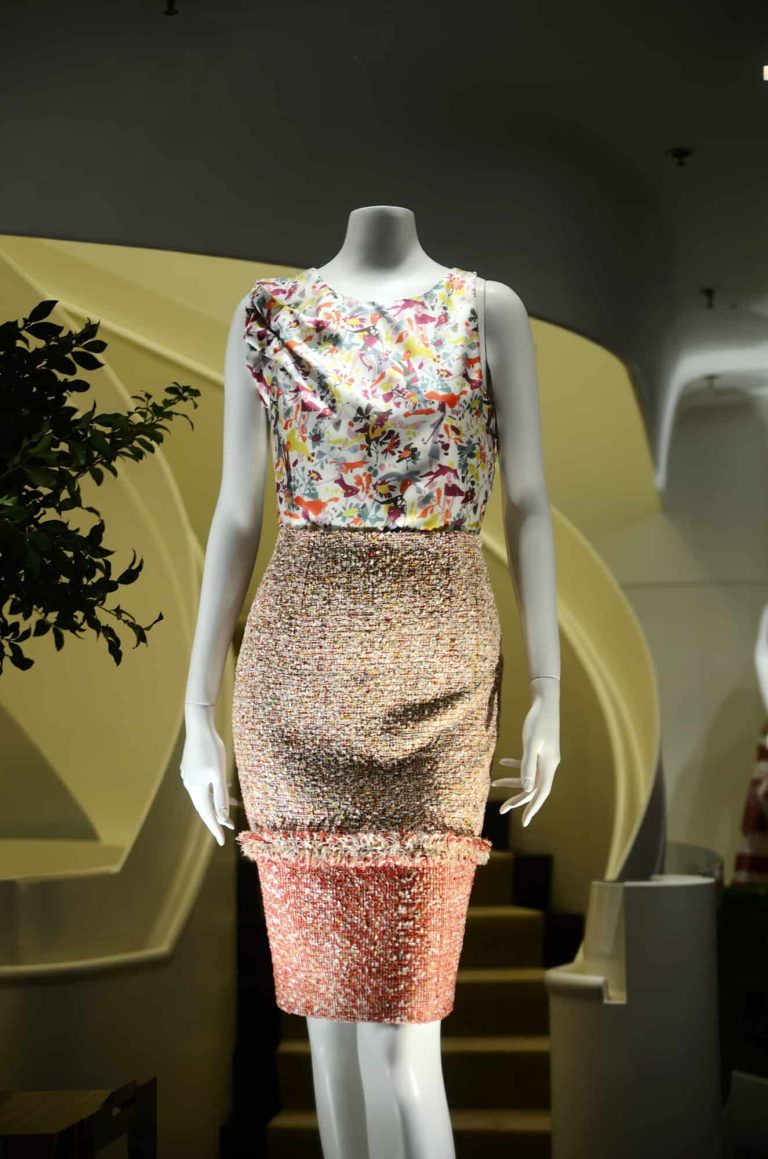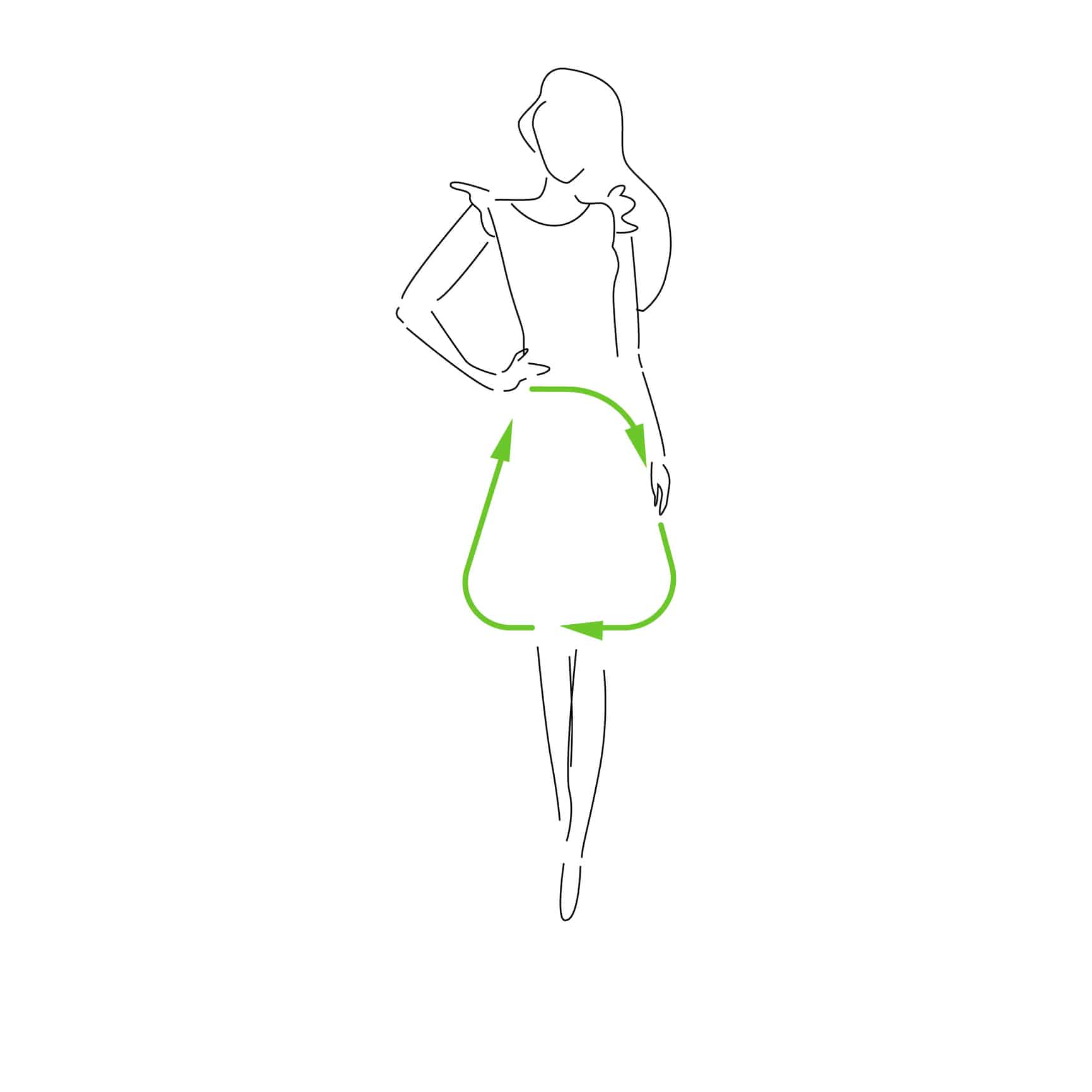The textile industry is one of the more essential consumer goods industries in the modern world. Fashion brands’ initiatives have created a colourful world of fashion that catches consumers’ attraction. However, like most industries, fashion/textile and, in particular, fast fashion creates waste at its operating and consuming stages. The textile industry’s waste is divided into two categories: pre-consumer product-related waste and post-consumer product-related waste. Though the recycling process happens, unfortunately to a limited extent in both sections, pre-consumer textile product recycling is less popular still.
Post-consumer textile products are the products that were removed after being used by consumers. Post-consumer products or waste has performed its defined purpose, gone through the final consumers, and has been cast off for clearance or salvage. The post-consumer textile products are used fabrics, used garments and textile materials made out of any other used items, such as recycled polyester made out of used plastic bottles.
Pre-consumer products are the materials that were removed or cast off before getting prepared for consumer usage. The pre-consumer waste can be the re-creation of manufacturing waste and scrap. As an example, in the textile industry, there is so much pre-consumer waste such as cotton lint, polyester and nylon filament scrap at spinning, yarn wastages at fabric preparation, fabric wastages at fabric manufacturing, offcut fabrics at garment manufacturing and defective garments at stitching. The pre-consumer waste is mainly used in manufacturing organizations and processors, but still, it is not considered from traditional recycling perspectives. The pre-consumer textile waste is always viewed as ‘clean waste’, as a byproduct of fibrous materials’ manufacturing process.
The textile industry is massive nowadays, so the pre-consumer textile wastages are also massive compared to other sectors.

This includes all apparel, home and furniture, automobiles and other industries related to textile. When the industry becomes larger, the pre-consumer waste generated by the industry also gets more significant. For example, 10-30% of fabric usually gets cut and put away as pre-consumer waste. Suppose we count the total fabric production and apply this pre-consumer waste percentage to it, giving you the total offcut fabric amount, i.e. the pre-consumer textile waste. Looking at it in this way helps us see how significant the value and the challenge is.
The pre–consumer textile wastes are always treated as rubbish and ending up in landfills somewhere in the world. Landfilling is an often-cited environmental pollution created by manufacturing and consumer waste. The manufacturers need to stop putting byproducts and waste into the dustbin and instead start thinking about how they can make money out of it by sending for recycling.
The pre-consumer textile product recycling reduces the manufacturing of original raw materials from natural resources. This reduces the usage of natural, artificial fibre and regenerated fibre fresh production by some percentage. This conserves the energy used for water usage at processing rather than using virgin sources. This reduces the water footprint and carbon footprint for the final output product.
The pre-consumer recycled products are cheaper because it cuts down the first step of manufacturing compared to virgin textile production. At the same time, the textile manufacturers can create extra money by providing this production waste to recycling plants.
In summary, pre-consumer recycling delivers a lower monetary and environmental processing cost than virgin fibres does for the same products.
The recycled products have lesser durability than virgin products. The product’s strengths have been changed because the artificial or natural polymer chains have been disturbed via recycling. At the same time, it is a norm that recycled textile products have issues with colouration because those materials might have additional contaminants at that stage when compared to virgin materials. But still, consumers believe that a bit of imperfection is manageable with the value they put into environmental sustainability. Plus there is ongoing research and this is constantly being improved, particularly because of consumer and regulatory pressure.
A microplastic is an extremely small piece of plastic, on average 3mm-5mm. Some plastics are born microplastics, and others become microplastics. The recycled polyester and nylon produce microplastics, and every time the fabrics and clothes are washed, the microplastic components get released into the water. This is going through into natural water channels, spoiling the water supply and aquarium life and food chains. This has become a modern version of water pollution, and recycling does not currently generate any solution for this.
And at last, pre-consumer recycling is not as popular as post-consumer recycling in the textile industry, but it has become an emerging trend due to fashion brand driven initiatives in the global textile and apparel industry.

The global rise in population, industrial growth, and improved living standards have caused a global textile consumption that generates an alarming amount of unwanted textiles. And at the same time, the pre-consumer waste also increases with the increased production and increased demand for allegedly superior quality and non-acceptance of imperfections. This has happened due to the modern generations being driven towards not only new products but also new non-recycled products. Due to this reason, economic and environmental sustainability should be incorporated into long-term textile waste management programs, including pre-consumer textile waste recycling
| Cookie | Duration | Description |
|---|---|---|
| cookielawinfo-checbox-analytics | 11 months | This cookie is set by GDPR Cookie Consent plugin. The cookie is used to store the user consent for the cookies in the category "Analytics". |
| cookielawinfo-checbox-functional | 11 months | The cookie is set by GDPR cookie consent to record the user consent for the cookies in the category "Functional". |
| cookielawinfo-checbox-others | 11 months | This cookie is set by GDPR Cookie Consent plugin. The cookie is used to store the user consent for the cookies in the category "Other. |
| cookielawinfo-checkbox-necessary | 11 months | This cookie is set by GDPR Cookie Consent plugin. The cookies is used to store the user consent for the cookies in the category "Necessary". |
| cookielawinfo-checkbox-performance | 11 months | This cookie is set by GDPR Cookie Consent plugin. The cookie is used to store the user consent for the cookies in the category "Performance". |
| viewed_cookie_policy | 11 months | The cookie is set by the GDPR Cookie Consent plugin and is used to store whether or not user has consented to the use of cookies. It does not store any personal data. |
Create your free account and begin your sustainability journey.

